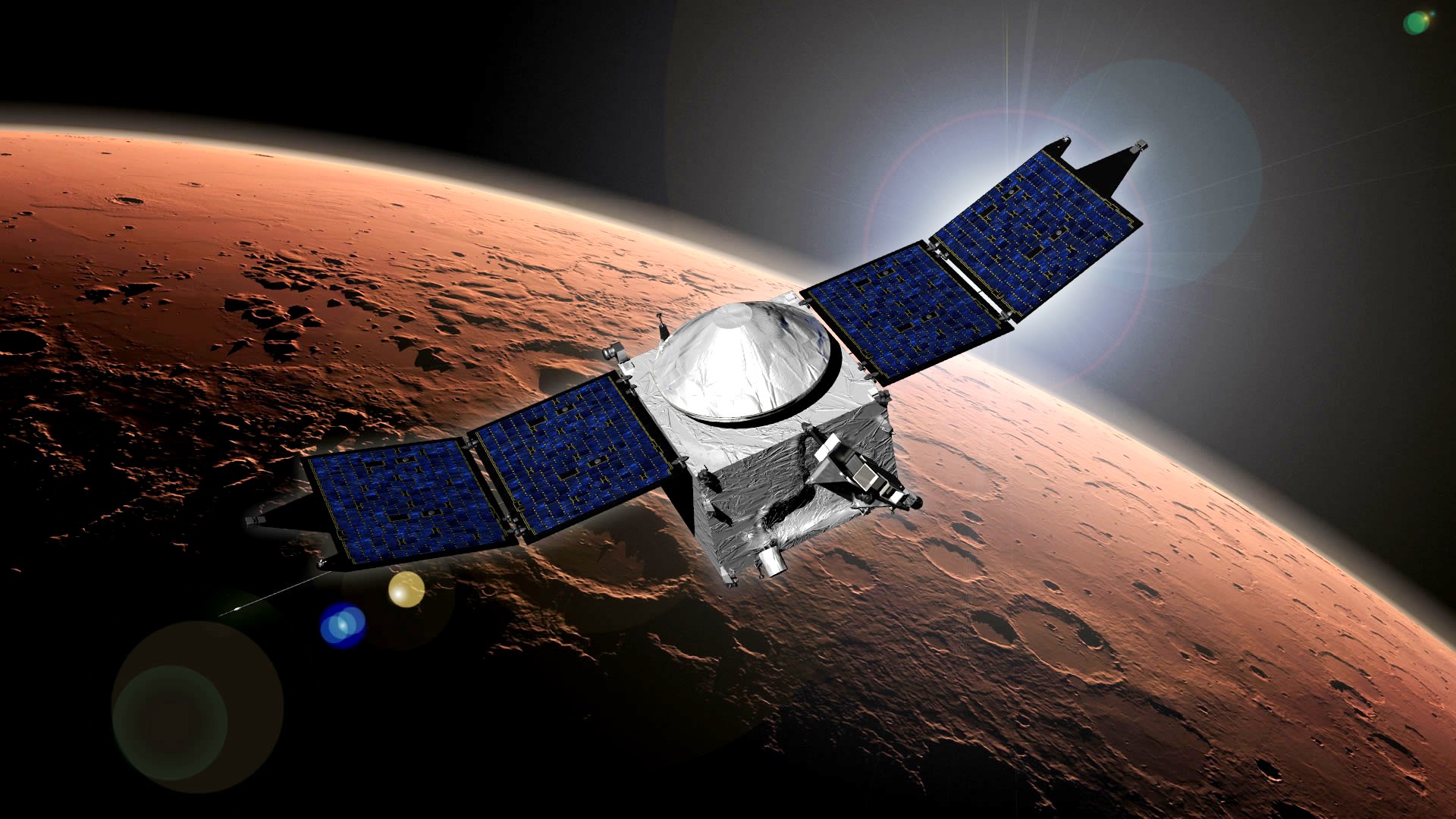Fireball! Brilliant Meteor Streaks Over Northeastern US (Video)
A huge fireball lit up the night sky over the northeastern United States Tuesday (May 17), sparking hundreds of reports by skywatchers lucky enough to have witnessed the dazzling meteor event. And if you want to go meteorite hunting, there may be a rich reward if you find a piece of the object.
Views of the fireball, including these awesome videos from police car dashcams in Maine and New York, show a brilliant streak across the late-night sky (it occured at 12:50 a.m. EDT, or 0450 GMT, on Tuesday). One particularly striking photo, included in this report, shows the fireball over the Piscataqua River in Portsmouth, New Hampshire, and was captured by a Portsmouthwebcam.com camera by Mike McCormack.
According to the American Meteor Society (AMS), two separate objects entered the Earth's atmosphere. The AMS posted screenshots on its website showing the fireball streaking across the sky. The fireball was best visible in Maine, but nearly 700 reports also poured in from eight neighboring states and two Canadian provinces (Ontario and Quebec). [Related: 5 Amazing Fireballs Caught on Video]
"Fireball detected by @westernu meteor cameras last night. Probable meteorite fall," planetary astronomer Peter Brown of Western University wrote on Twitter; his institution is based in London, Ontario, in Canada. In an interview he conducted later with CBC News, Brown estimated the fireball to be between a basketball and a shopping cart in size.
The Maine Mineral and Gem Museum of Bethel, Maine, offered $20,000 to anyone who can find the first chunk of the meteorite that weighs at least a kilogram (2.2 lbs.). That meteorite, once confirmed, will be put on display in the museum's Meteorite Hall.
"It's clear that the meteoroid entered Earth's atmosphere over Maine and its terminal explosion occurred about 30 kilometers [18.6 miles] west of Rangeley, Maine, in Franklin County," the museum wrote in the press release.
Breaking space news, the latest updates on rocket launches, skywatching events and more!
"This is an exciting opportunity, and we need the public's help," Museum Director Barbra Barrett said in the statement. Coincidentally, the museum is working on implementing a statewide network of cameras to capture fireballs and better pin down their locations. The network will be ready in 2017, the museum said.
Fireballs occur when small objects (such as space rocks) break up high in the Earth's atmosphere. In this case, the fireball was too small to pose a threat to people or property. A much larger object caused broken glass and injuries after crashing down in Chelyabinsk, Russia, in February 2013.
A meteor is a small space rock that streaks through Earth's atmosphere as a dazzling fireball. Meteoroids are small objects in space, while any pieces that reach the Earth are called meteorites.
Most meteors burn up before reaching the ground. Periodically, the Earth goes through a dust cloud left behind by a comet, which produces a series of meteors known as a meteor shower.
Editor's note: If you captured an awesome photo of Tuesday's meteor and would like to share it with Space.com and our news partners for a story or gallery, send images and comments in to Managing Editor Tariq Malik at: spacephotos@space.com. If you believe you have found a piece of a meteorite from the fireball, you can contact the Maine Mineral and Gem Museum at (207) 824-3036 or bbarrett@mainemineralmuseum.org.
Follow Elizabeth Howell @howellspace, or Space.com @Spacedotcom. We're also on Facebook and Google+. Original article on Space.com.

Elizabeth Howell (she/her), Ph.D., was a staff writer in the spaceflight channel between 2022 and 2024 specializing in Canadian space news. She was contributing writer for Space.com for 10 years from 2012 to 2024. Elizabeth's reporting includes multiple exclusives with the White House, leading world coverage about a lost-and-found space tomato on the International Space Station, witnessing five human spaceflight launches on two continents, flying parabolic, working inside a spacesuit, and participating in a simulated Mars mission. Her latest book, "Why Am I Taller?" (ECW Press, 2022) is co-written with astronaut Dave Williams.


